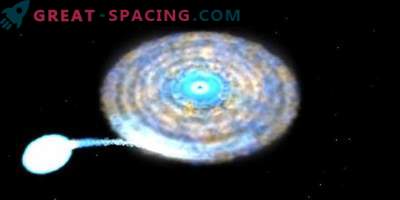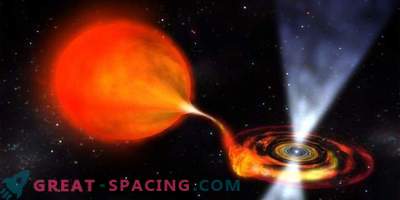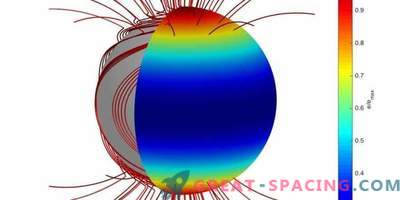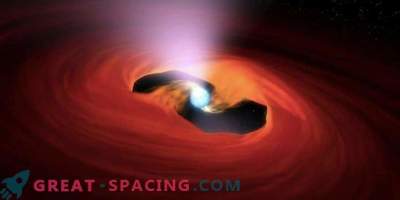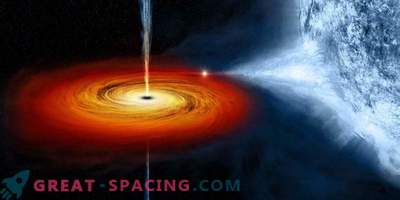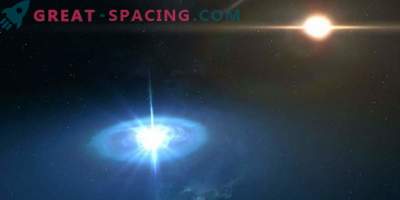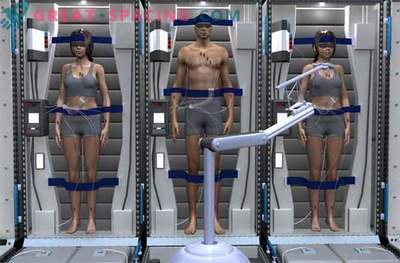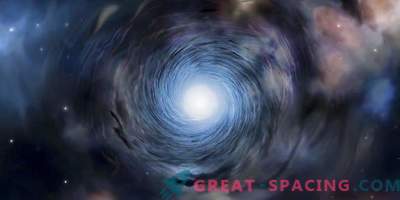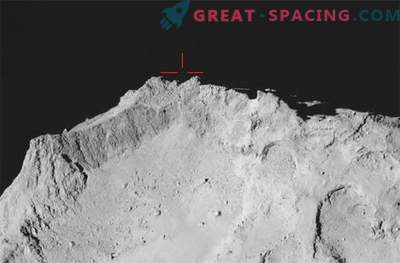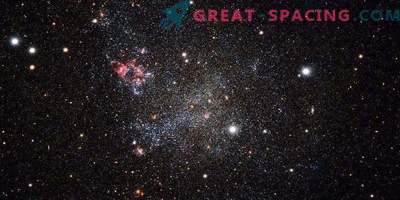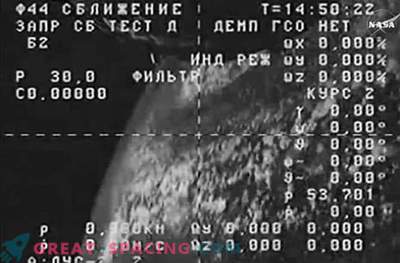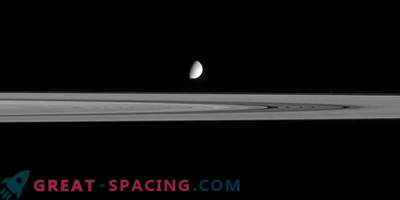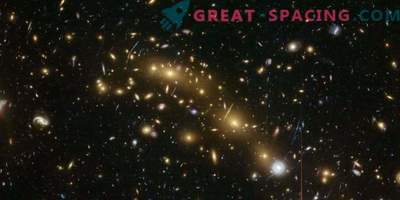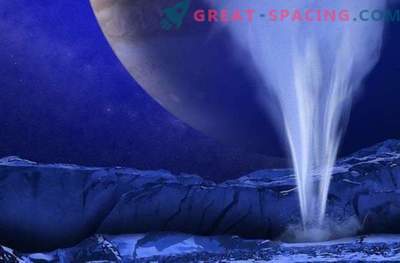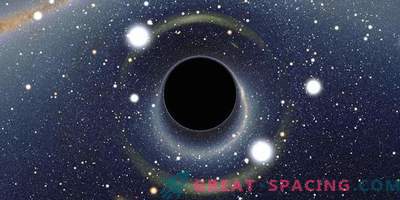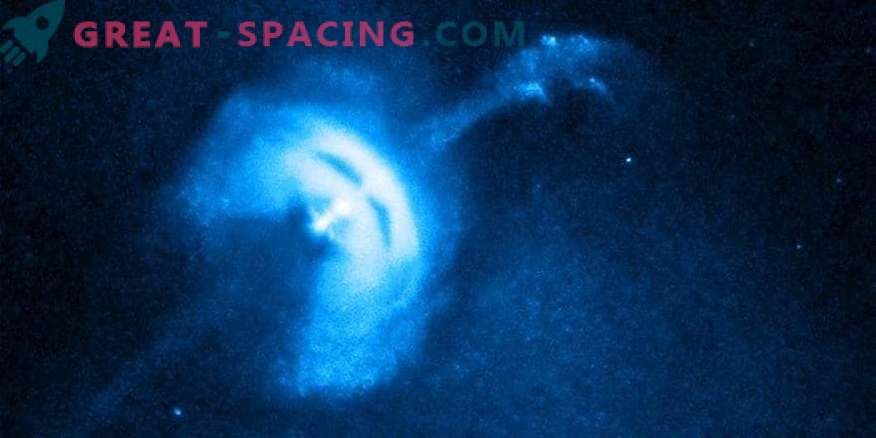
The Pulsar in Sails makes about 11 full revolutions per second. In addition, there is a failure
Pulsars are rapidly rotating neutron stars, which sometimes can dramatically increase their rotational speed. This sudden change is called a “malfunction.” It is known that about 5-6% of pulsars are endowed with failure. Pulsar in Sails seems to be the most famous case. It performs 11.2 revolutions per second and was spotted in 1968.
Located in 1000 light years. This is a supernova exploded 11,000 years ago. About once every 3 years, the pulsar suddenly accelerates the rotation. To understand the failure, you need to understand the mechanism of the pulsar.
Collapsing stars
At the end of its life, a star can choose one of three paths. If small (like the Sun), it will simply fade. If large, it will explode as a supernova. After that, the remnants collapse and a black hole or a neutron star may appear.
The severity of the latter is so great that electrons rotating around an atom return to the nucleus. There they combine with protons and form neutrons. In terms of massiveness, such objects exceed the solar one by 1.4 times with a diameter of 20 km. Mark a rapid rotation, a massive magnetic field (3 trillion times the earth). Electromagnetic radiation is released at both ends. Recently, one of the poles of a rotating magnet swept past the Earth and we were able to fix a short flash in radio waves. This is a pulsar.
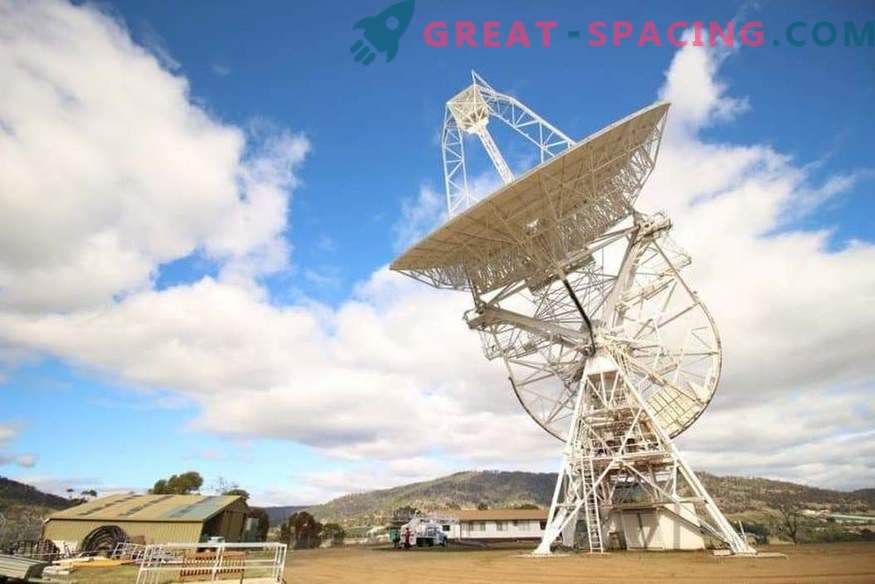
26-meter antenna radio mount observatory in Mount Pleasant
Hunt for a Crash
In 2014, a large-scale observational campaign was opened with the 26-meter radio telescope of the University of Tasmania to catch the Pulsar malfunction in Sails. Data was collected for 19 hours a day for almost 4 years.
The first failure signal was received on December 12, 2016. The analysis showed that after two pulses there was no linear polarization, which was also unusual for a particular pulsar. That is, the failure has affected the powerful magnet controlling the emission.
Nature of Failures
What causes a crash? The best hypothesis suggests that the neutron star is endowed with solid crust and a superfluid core. The outer crust acts as a moderator, and the core rotates separately, so it does not slow down. Of course, this is a superficial explanation and a deeper connection with microscopic superfluid vortices reflected from the crustal lattice.
After about 3 years, the difference in rotation between the core and the cortex becomes too large, and the core “captures” the cortex and accelerates it. The information showed that the acceleration took 5 seconds.
